Pool Frog (Pelophylax lessonae) is a species of water frog native to Europe. Recognized as a distinct species in 1973, these amphibians are often confused with other common frog species due to their similar appearance. They are primarily found in small, sunlit water bodies surrounded by woodlands and meadows. Their ability to thrive in various aquatic environments and their unique behaviors, such as basking in the sun, set them apart from many other frog species.
Scientific Classification
| Kingdom: | Animalia |
| Phylum: | Chordata |
| Class: | Amphibia |
| Order: | Anura |
| Family: | Ranidae |
| Genus: | Pelophylax |
| Scientific Name: | Pelophylax lessonae |
Description
Size: Pool Frogs typically grow between 2.5 and 3 inches in length. Females are larger than males. The tadpoles measure 5 mm to 9 mm at birth and grow to 50 mm to 75 mm before metamorphosis.
Color: Their body color ranges from olive green to brown with dark brown spots on the dorsal side. A distinct yellow stripe runs down the center of their back. The ventral side is off-white or cream. Their eyes are surrounded by a golden hue.
Head: They have a pointed snout and lack dark patches around their eardrums, distinguishing them from other frogs.
Eyes: They have horizontal pupils.

Distribution
Geographic Range
Pool Frogs are native to Europe and are commonly found in Austria, France, Germany, Italy, the Netherlands, and Belgium. Their range extends to the United Kingdom, where they were once considered extinct but have been reintroduced. In Scandinavia, they inhabit Denmark and southern Sweden, preferring lowland areas with suitable wetland conditions. Some isolated populations exist in Eastern Europe, particularly in Poland and the Baltic states. Their distribution is influenced by climate, habitat availability, and conservation efforts aimed at protecting declining populations.
Habitat
Preferred Environments
These amphibians thrive in small, sunny, and permanent water bodies surrounded by woodlands. They prefer ponds, lakes, and marshes within open meadows where sunlight helps warm the water. Their reliance on well-lit habitats allows them to regulate body temperature effectively.
Seasonal Habitat Changes
During warmer months, they are commonly seen basking on floating leaves and aquatic vegetation. In their native regions, they were historically found in pingos—ponds formed by Ice Age depressions. As temperatures drop, they seek deeper waters or burrow into soft sediment to hibernate safely through winter.
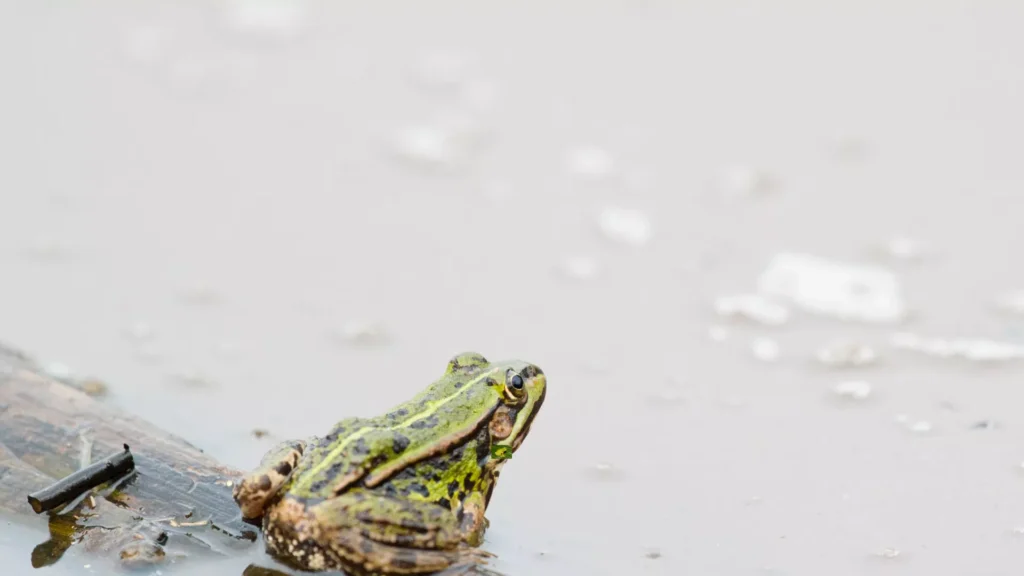
Lifespan
Lifespan in the Wild
The average lifespan of these amphibians ranges from 6 to 12 years, depending on environmental conditions and predation risks. In stable habitats with abundant food and minimal disturbances, some individuals may reach the upper limit of their lifespan.
Lifespan in Captivity
Under controlled conditions, they often live slightly longer due to the absence of predators, stable temperatures, and consistent food supply. Proper care, including clean water and a nutritious diet, can enhance their longevity.
Factors Affecting Longevity
Genetic traits play a role in determining lifespan, with some individuals naturally predisposed to longer survival. Environmental factors such as water quality, food availability, and seasonal changes also impact their longevity. Hibernation helps conserve energy and may extend lifespan by reducing metabolic stress during colder months.
Diet
Diet of Adults
Mature individuals are carnivorous, preying on insects and various invertebrates, including wasps, hoverflies, and dragonflies. Occasionally, they consume smaller amphibians, especially when food is scarce. Their opportunistic feeding habits help them thrive in diverse habitats.
Diet of Juveniles
Young frogs primarily consume flies and fly larvae, relying on their quick reflexes to catch fast-moving prey. This stage is crucial for their growth, as they require a protein-rich diet to develop strong limbs and a fully functional digestive system.
Feeding Behavior
These amphibians use a sit-and-wait hunting strategy, remaining motionless until prey comes within range. They rely on their long, sticky tongues to capture insects efficiently. Tadpoles, in contrast, feed on algae and decaying plant matter, supporting early development before transitioning to a carnivorous diet.
Behavior
- Pool Frogs are diurnal and remain active during the daytime.
- They are most active in hot weather and often bask in direct sunlight, which is uncommon for frogs.
- When threatened, they dive into water for safety.
- They emit a loud defensive call when trapped.
- They can travel long distances from water in search of food.
- The presence of humans does not significantly disturb them.
Hibernation
Pool Frogs hibernate from fall through spring, typically from September to November. In colder regions, hibernation extends from March to May. They hibernate on land, inside tree cavities, and in frost-free burrows.
Predators
Natural Enemies
These amphibians face predation from a variety of animals across their habitat. Grass snakes are among their primary threats, preying on both juveniles and adults. Owls and other nocturnal birds of prey target them during the night, while aquatic birds like herons hunt them in shallow waters. In some regions, hornbills have also been observed consuming them.
Defense Mechanisms
To evade predators, they rely on their strong jumping ability, quickly leaping into water to escape danger. Their greenish-brown coloration provides effective camouflage among vegetation, reducing visibility. When threatened, they may remain motionless to avoid detection or dive underwater, staying submerged until the danger has passed.
Adaptations
Physical Adaptations
These amphibians possess highly developed vision, allowing them to detect even the slightest movements of potential threats. Their ability to flatten their bodies enhances their camouflage, helping them blend seamlessly with surrounding vegetation. Additionally, their streamlined bodies and webbed feet contribute to efficient swimming, enabling them to navigate water quickly.
Behavioral Adaptations
When faced with danger, they remain motionless to avoid detection or dive swiftly into the water. Their strong swimming ability not only aids in escaping predators but also assists in hunting agile prey. They are also known to position themselves strategically near vegetation, using their surroundings as natural cover.
How Do Pool Frogs Reproduce?
Mating Season
Pool Frogs begin their breeding period in May, extending through late June, though in some regions, it may start as early as March. Temperature and water availability play crucial roles in determining the exact timing of reproduction.
Courtship Behavior
Pool Frogs reach sexual maturity between two and three years of age. Mating occurs soon after hibernation, with males producing loud, rapid snoring calls to attract females. Breeding takes place in still waters such as ponds, swamps, and shallow lakes.
Egg Laying and Fertilization
Pool Frogs lay between 500 and 4,500 eggs per clutch, which are externally fertilized by males. The eggs are typically attached to aquatic vegetation, providing stability and protection. Depending on environmental conditions, the incubation period lasts around 21 days, with warmer temperatures accelerating development.
Pool Frog Call
Pool Frogs produce rapid croaking sounds during the breeding season, with each call lasting up to 1.5 seconds. Males vocalize both during the day and at night to maximize their chances of attracting a mate. When threatened, they emit a loud croak as a defensive reaction.

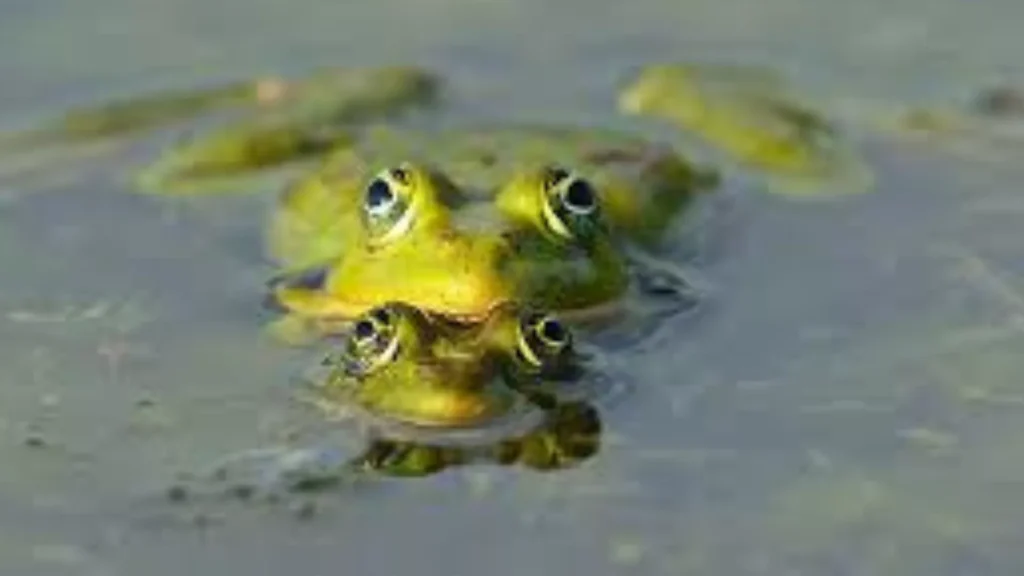
Life Cycle
Egg Stage
Pool Frogs begin their life cycle as eggs laid in clusters on aquatic vegetation. Each clutch contains between 500 and 4,500 eggs, which remain submerged in shallow, still waters. The gelatinous coating around the eggs provides protection and maintains moisture for proper development. Depending on environmental conditions, hatching occurs within 7 to 21 days.
Tadpole Stage
Pool Frog tadpoles emerge from their eggs and begin feeding on algae and organic debris. During this stage, they rely on gills for respiration and gradually develop stronger muscles for swimming. Growth rates vary based on water temperature and food availability, with warmer conditions accelerating their transformation.
Juvenile to Adult Transition
Pool Frog tadpoles undergo metamorphosis between August and September, transforming into froglets. Their gills are replaced by lungs, limbs develop, and their tails are absorbed. As they transition into adulthood, they move to land but remain close to water sources for hydration and feeding. The full transformation is completed before winter, allowing them to hibernate successfully.
Conservation Status
According to the International Union for Conservation of Nature (IUCN), Pool Frogs are classified as Least Concern, indicating they are not facing an immediate risk of extinction. This classification highlights their wide distribution and the fact that their populations remain relatively stable in most regions. However, localized threats such as habitat destruction, water pollution, and the introduction of invasive species may affect certain populations. In particular, areas with agricultural intensification or urbanization see a decline in suitable breeding habitats. Conservation efforts, including habitat restoration and better land-use practices, can help maintain the stability of their populations. While the species as a whole is not under critical threat, regional conservation strategies are vital to protect their long-term survival.
Interesting Facts
- The genus name “Pelophylax” derives from Greek words meaning “mud” and “guardian,” referencing their habit of sitting still near water edges.
- Their tadpoles grow larger than those of most frog species.
- Adult and juvenile Pool Frogs sometimes prey on juvenile grass snakes, despite adult snakes being one of their main predators.
- They were once extinct in the UK but have since been reintroduced.
- Keeping them as pets is illegal.
faq’s
What is the scientific name of the Pool Frog?
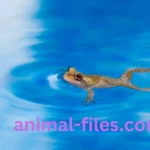
The scientific name is Pelophylax lessonae.
Where are Pool Frogs found?

They are native to Europe, particularly in the UK, France, Germany, and parts of Eastern Europe. They thrive in freshwater habitats like ponds, lakes, and marshes.
What do Pool Frogs eat?
They are carnivorous and feed on insects, spiders, worms, and other small invertebrates.
How do Pool Frogs reproduce?
Breeding occurs in spring and early summer. Males attract females with croaking calls, and females lay clumps of eggs (frogspawn) in water.
What is the lifespan of a Pool Frog?
Pool Frogs typically live for 5-10 years in the wild.
How do Pool Frogs survive winter?
They hibernate during winter, often in mud at the bottom of ponds or under logs and rocks.
What are the predators of Pool Frogs?
Predators include birds, snakes, fish, and larger amphibians. Tadpoles are vulnerable to aquatic predators like dragonfly larvae.
How can you identify a Pool Frog?
They have smooth, green or brown skin with dark spots, a light stripe down their back, and a pale underside.
Are Pool Frogs endangered?
In some regions, they are considered endangered or vulnerable due to habitat loss, pollution, and competition with invasive species.
What is unique about Pool Frogs?
They are one of the three species that make up the “green frog” complex, which includes hybrid species like the Edible Frog (Pelophylax esculentus).
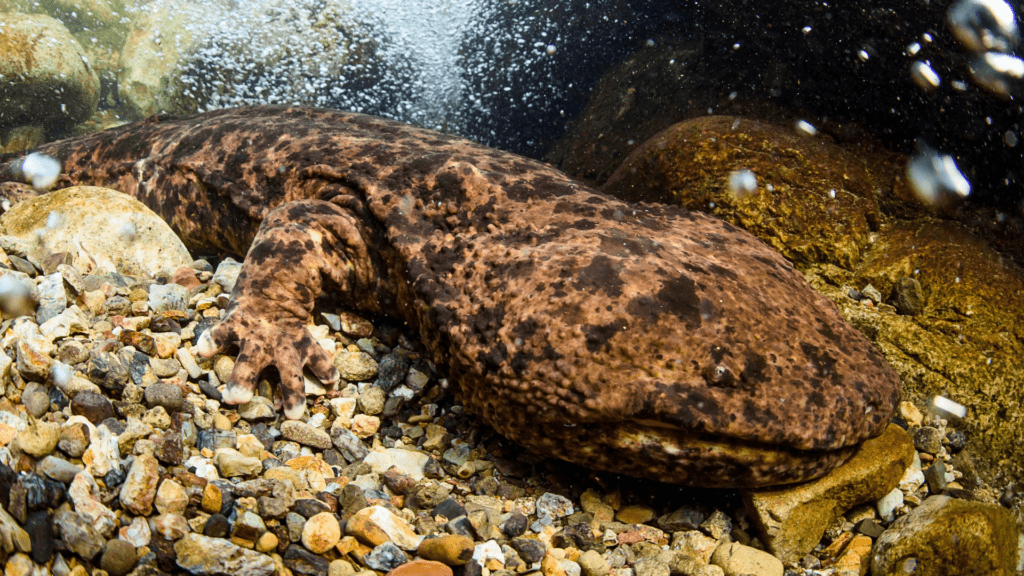
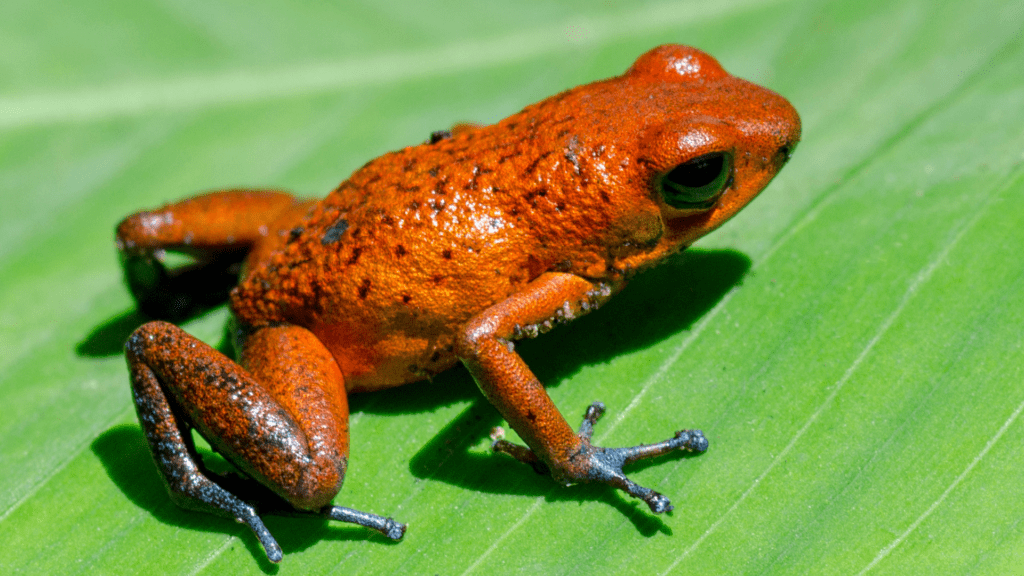
My wife and i ended up being absolutely excited that John managed to round up his analysis through the entire ideas he gained through the weblog. It is now and again perplexing just to choose to be releasing information and facts which others have been selling. And we recognize we now have the blog owner to be grateful to for that. Most of the illustrations you’ve made, the simple blog menu, the relationships you can aid to create – it’s many wonderful, and it is leading our son in addition to our family consider that the idea is awesome, which is certainly especially fundamental. Many thanks for everything!
Hi there! Thank you so much for your kind words. I’m truly glad to hear that the blog has been helpful and meaningful to you and your family. Your appreciation means a lot and motivates me to keep sharing valuable information. Wishing you and your family all the best! 😊